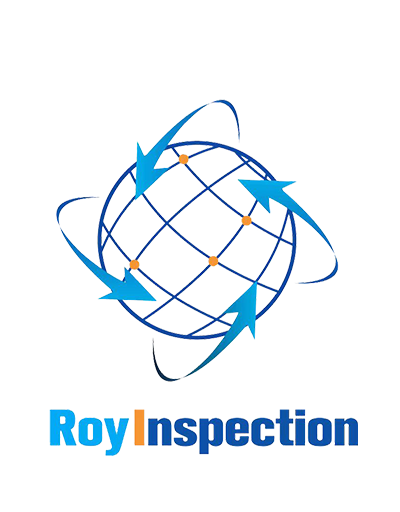Why baby walker inspection is Important
Baby walkers are a common household item. They are designed to help your baby move around by themselves before they can walk. Even though they have been around for over 500 years, they can still be a safety hazard. This is why it is important to conduct a thorough baby walker inspection before making a purchase or placing your little one into one.
Inspecting the Baby Walker Frame
The frame is the backbone of the baby walker. Look for any cracks or bends in the metal frame. Also, examine the joints and make sure they are secure and in good condition. If you spot any issues, do not use the baby walker, it can cause injury to the baby.
Inspecting the Seating Area of the Baby Walker
Closely inspect the seating area of the baby walker. Make sure the seat is secure and can't tip over. Check for any sharp edges or protrusions that could hurt the baby. The seating area should be padded and comfortable for the little one while in the walker.
Ensure the Height is Appropriate
The height of the baby walker is also important. Make sure it is appropriate for the age and size of your baby. If it is too high or too low, it can cause discomfort to the baby, as well as hinder their ability to move around freely.
Check the Wheels
The wheels are a vital part of any baby walker. Make sure the wheels are secure, rotate smoothly, and are not going to fall off. The wheels should be large enough to maneuver freely on carpets or flooring.
Ensure the Baby Walker has Safety Features
Look for a baby walker that has safety features. This includes things like locking wheels, a wide base to prevent tipping over, and a removable toy station. These features can help make the baby walker safer for your child to use.
Inspect the Toys and Attachments
Baby walkers typically come with toys and attachments for the baby to play with. Make sure that these toys are age-appropriate and not loose or easy to swallow. If they are not securely attached, they can fall off and present a choking hazard.
Check for Recalls
Before purchasing a baby walker, always check to see if there were any recalls. This is especially important when buying a used or second-hand baby walker. You can check online or contact the manufacturer to ensure that there are no issues with the model you are interested in.
Read the User Manual
It may seem like a straightforward item, but all baby walkers are different. Start by reading the user manual to ensure that you know how to use and care for the baby walker properly. This can help prevent injuries from misuse or neglect.
Conduct Regular Inspections
Once you have bought a baby walker, it’s important to continue inspecting it regularly. Check for any signs of wear and tear or damage before every use, and always supervise your little one when they are using the walker. This will help ensure your baby's safety.
In Conclusion
Performing a thorough baby walker inspection is an essential part of keeping your baby safe. It allows you to identify any issues before your little one gets hurt. Take time to inspect all aspects of the baby walker, and always read the manual. By being thorough and diligent, you can ensure that your baby is using the safest baby walker possible.

